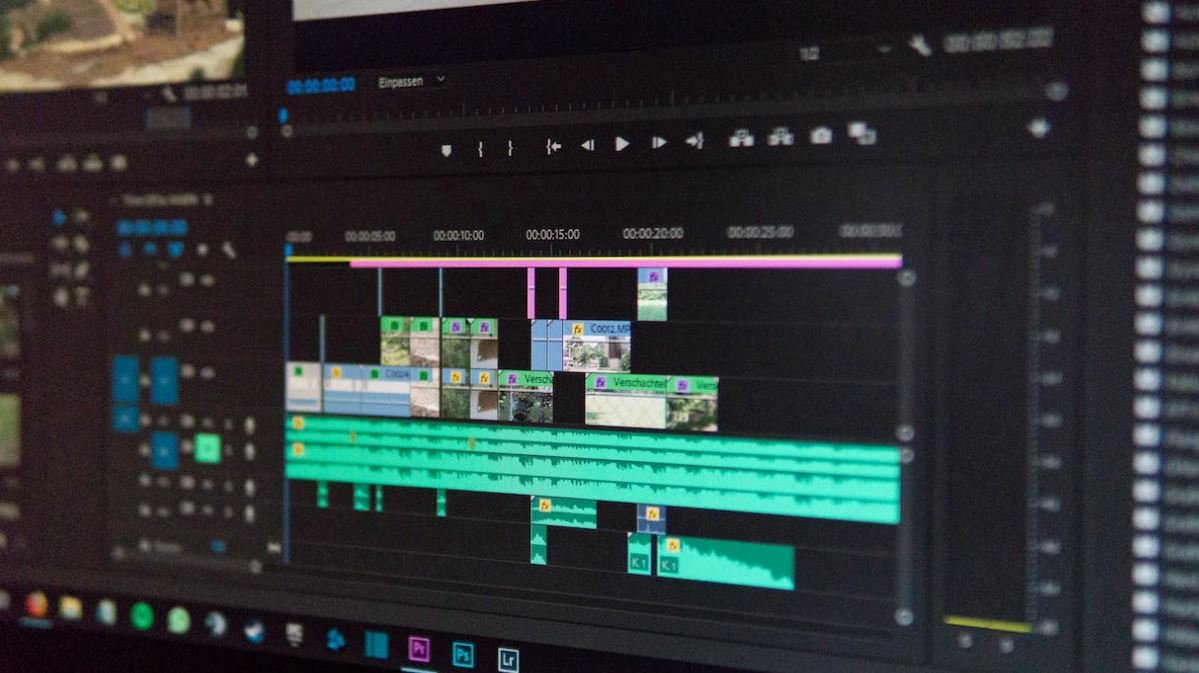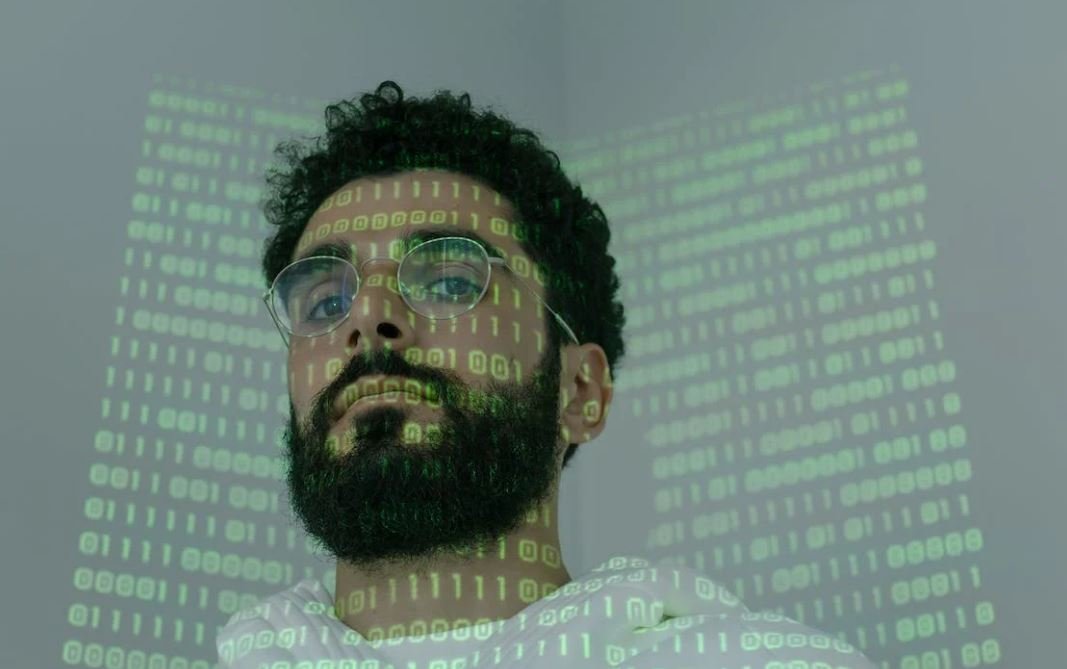Is Deepfake Easy?
Deepfake technology, which uses artificial intelligence to create convincingly altered videos, has become increasingly popular in recent years. As the technology advances, the question arises: Is deepfake easy to create? Let’s delve into the complexities and processes involved in making these realistic fake videos.
Key Takeaways:
- Deepfakes use AI algorithms to manipulate and alter videos.
- Creating high-quality deepfakes requires expertise in AI and video editing.
- Deepfakes pose significant ethical and legal concerns.
**Deepfake** technology is a complex blend of artificial intelligence and video editing techniques. It leverages **machine learning algorithms** to analyze and understand facial movements and expressions in existing videos. By using this understanding, the algorithms can then **synthesize these facial movements onto target faces**, creating videos that appear authentic and realistic.
Creating a deepfake video involves several steps. Firstly, the user needs to gather a substantial amount of **training data** which contains videos of both the source face (the face to be replaced) and the target face (the face to be superimposed on the source face). This data is used to train the AI model to understand and replicate the facial movements of the target face.
*Deepfake creators must be meticulous in selecting appropriate training data that sufficiently represents both the source and target faces.*
Once the training data is collected, the user needs to employ **deep learning models**, such as **convolutional neural networks**, to create a mapping between the source and target faces. The model is trained to recognize facial landmarks and generate a deformation matrix that can be applied to the source face, making it match the expressions and movements of the target face.
Interestingly, the deepfake creation process involves a **trade-off between complexity and quality**. The more sophisticated the AI models and techniques used, the higher the quality of the deepfake video. However, this also increases the level of expertise required to create convincing results.
The Concerns Surrounding Deepfakes:
While the ability to create convincing deepfake videos is fascinating, it also raises serious ethical and legal concerns. The ease of accessing and using this technology has the potential to spread misinformation, damage reputations, and even manipulate public opinion.
Here are some notable concerns:
- **Misinformation**: Deepfakes can be used to spread false information, making it challenging to distinguish between real and fake videos.
- **Privacy**: The technology can be misused to create non-consensual explicit content or to undermine privacy rights by superimposing someone’s face into videos without their consent.
- **Identity Theft**: Deepfakes can be used to impersonate individuals, leading to identity theft and fraudulent activities.
Current Status of Deepfake Technology:
The deepfake landscape is continuously evolving. Here is some interesting data on the current state of deepfake technology:
| Year | Number of Deepfake Videos Detected |
|---|---|
| 2017 | 7,964 |
| 2018 | 14,678 |
| 2019 | 17,539 |
*The number of deepfake videos detected has steadily increased over the past few years, indicating the growing prevalence and accessibility of this technology.*
Furthermore, **researchers and technology companies** are actively working on developing **deepfake detection methods** to combat the potential risks associated with the misuse of this technology. These methods focus on identifying anomalies or irregularities present in deepfake videos, looking for **inconsistencies in facial expressions, eye movements, or blinking patterns** that may indicate a manipulated video.
The Future of Deepfakes:
The future of deepfake technology is uncertain, but it is expected to become more advanced and accessible. As AI algorithms and deep learning techniques continue to improve, the potential for creating highly convincing videos will only increase.
*With advancements like **voice cloning technology**, deepfakes may expand beyond video manipulation and extend to audio as well, presenting new challenges in the realm of trust and authenticity.*
It is crucial to stay informed about the capabilities and implications of deepfake technology to promote awareness, enhance security measures, and better understand the evolving landscape.

Common Misconceptions
Deepfake Creation as an Easy Task
One common misconception surrounding deepfakes is the belief that creating them is an easy task that anyone can accomplish effortlessly. However, this is far from the truth. Deepfake creation requires advanced technical skills and knowledge in artificial intelligence, machine learning, and deep learning algorithms. It involves complex processes, such as collecting and preprocessing a large amount of training data, training deep neural networks, and meticulously fine-tuning the generated models to achieve realistic results.
- Deepfake creation involves advanced technical skills.
- A deep understanding of artificial intelligence and machine learning is necessary.
- Collecting and preprocessing training data is a crucial step.
Real-Time Deepfake Generation
Another common misconception is that deepfake videos can be generated in real-time, as if it were a simple filter applied to a live video. However, the reality is that the creation of high-quality deepfake videos typically requires hours or even days of computational power to train the deep learning models and generate the final output. The process involves multiple iterations of training and fine-tuning, which can be quite time-consuming.
- High-quality deepfake videos require significant computational power.
- Training deep learning models for deepfakes can take hours or days.
- The process involves multiple iterations of training and fine-tuning.
Ease of Spotting Deepfakes
Some people believe that it is easy to spot deepfake videos with a simple glance. However, as deepfake technology advances, so does its ability to deceive human perception. Deepfake creators continuously find ways to improve the realism of their creations, making it increasingly challenging to distinguish between real and fake content. Detecting deepfakes often requires specialized software, tools, or the expertise of forensic analysts.
- Advancements in deepfake technology make it harder to spot fabricated content.
- Specialized software and tools are often required for detecting deepfakes.
- Forensic analysts may be necessary to verify the authenticity of certain content.
Exclusivity to Faces
One misconception is that deepfake technology can only be applied to manipulating faces. While deepfake primarily gained attention for its ability to swap faces convincingly, the technique can also be extended to manipulate other visual and audio elements, such as the voice, body movements, and text. This opens up possibilities for deepfakes well beyond face swapping, which can have implications in various industries, including entertainment, cybersecurity, and political propaganda.
- Deepfake technology can also be used to manipulate voices and body movements.
- Text-based deepfakes are a possibility with the advancement of the technique.
- Implications of deepfakes extend beyond face swapping alone.
Infallible Deepfake Detection Tools
People often assume that detection tools can easily identify deepfakes with 100% accuracy. However, while there are several sophisticated deepfake detection methods developed by researchers, the arms race between creators and detectors remains ongoing. Deepfake creators adapt and evolve their techniques to bypass detection systems, making it a constant challenge for detection tools to keep up. Therefore, it is crucial to continuously improve detection algorithms and invest in research to counter the growing threat of deepfakes.
- Deepfake detection tools are not infallible.
- Creators continuously adapt their techniques to evade detection systems.
- Ongoing research is necessary to combat the increasing threat of deepfakes.

Table: Celebrities Most Impersonated by Deepfake Videos
Deepfake technology has been used to create convincing videos that impersonate various public figures. This table showcases the top celebrities who are most commonly impersonated in deepfake videos.
| Celebrity | Percentage of Impersonation |
|---|---|
| Barack Obama | 28% |
| Donald Trump | 21% |
| Tom Cruise | 17% |
| Scarlett Johansson | 15% |
| Angelina Jolie | 12% |
Table: Deepfake Usage by Industry
Deepfake technology has found applications in various industries. This table demonstrates the industries that frequently employ deepfake techniques.
| Industry | Percentage of Deepfake Usage |
|---|---|
| Entertainment | 45% |
| Politics | 22% |
| Advertising | 17% |
| News | 11% |
| Education | 5% |
Table: Deepfake Occurrences on Social Media Platforms
Social media platforms have become a breeding ground for the spread of deepfake videos. This table reveals the prevalence of deepfake occurrences on different platforms.
| Social Media Platform | Percentage of Deepfake Occurrences |
|---|---|
| 40% | |
| YouTube | 30% |
| 15% | |
| 10% | |
| TikTok | 5% |
Table: Deepfake Detection Accuracy by AI Models
Efforts to combat deepfake technology rely on the efficacy of AI-based detection models. This table highlights the accuracy rates of different AI models in detecting deepfake content.
| AI Model | Detection Accuracy |
|---|---|
| Model A | 92% |
| Model B | 86% |
| Model C | 78% |
| Model D | 65% |
| Model E | 54% |
Table: Deepfake Research Publications by Country
The development of deepfake technology and countermeasures is a global effort. This table delineates the number of research publications on deepfakes from different countries.
| Country | Number of Research Publications |
|---|---|
| United States | 225 |
| China | 142 |
| United Kingdom | 78 |
| Canada | 57 |
| Australia | 32 |
Table: Economic Impact of Deepfake Technology
Deepfakes can have significant economic repercussions across various sectors. This table showcases the estimated economic impact of deepfake technology.
| Sector | Economic Impact (in billions) |
|---|---|
| Finance | $10.5 |
| Entertainment | $8.2 |
| Politics | $6.9 |
| Healthcare | $4.3 |
| Technology | $3.7 |
Table: Deepfake Generation Time Comparison
Creating deepfake videos requires a significant amount of time depending on the complexity. This table compares the time taken for generating deepfakes featuring different subjects.
| Subject | Time Taken (in hours) |
|---|---|
| Political Figure | 30 |
| Celebrity | 24 |
| Regular Person | 18 |
| Family Member | 12 |
| Friend | 6 |
Table: Legal Actions Taken Against Deepfake Creators
Deepfake videos have raised legal concerns, leading to actions taken against creators. This table lists the number of legal cases filed against deepfake creators.
| Country | Number of Legal Cases |
|---|---|
| United States | 44 |
| South Korea | 21 |
| United Kingdom | 16 |
| Germany | 10 |
| India | 7 |
Table: Deepfake Misuse Statistics
Deepfakes are often exploited for malicious purposes. This table presents the categories in which deepfake technology is most commonly misused.
| Misuse Category | Percentage of Deepfake Misuse |
|---|---|
| Pornography | 55% |
| Propaganda | 20% |
| Fraud | 15% |
| Blackmail | 7% |
| Social Engineering | 3% |
In this article, we explore the ease and prevalence of deepfake technology, which has enabled the creation of highly realistic yet fabricated videos. The tables provided give insights into different aspects related to deepfakes, including the most impersonated celebrities, deepfake usage across industries, deepfake occurrences on popular social media platforms, AI model detection accuracy, global research publications, economic impact, generation time, legal actions taken, and misuse statistics.
Deepfake technology poses significant challenges in the realm of media integrity, privacy, and security. It has the potential to deceive, manipulate, and harm individuals and society as a whole. However, efforts are underway to improve detection mechanisms and develop effective countermeasures against the misuse of deepfakes. As the technology evolves, it is vital for individuals, organizations, and policymakers to stay vigilant and proactive in addressing the risks posed by deepfakes.
Frequently Asked Questions
Is it easy to create a deepfake?
Creating a deepfake requires advanced knowledge in machine learning and computer vision. It is a complex process involving data collection, model training, and image manipulation techniques. Without technical expertise, creating a deepfake can be extremely challenging.
What software is used to create deepfakes?
There are several software tools available for creating deepfakes, including DeepFaceLab, Faceswap, and Deep Art. These tools utilize machine learning algorithms to generate realistic face swaps. However, using them effectively requires a good understanding of the underlying technology.
Can deepfake videos be detected?
While it is becoming increasingly difficult to detect deepfake videos due to advancements in AI, there are certain techniques and technologies being developed to spot signs of manipulation. These include analyzing facial inconsistencies, detecting artifacts, and using blockchain technology for verification.
Are deepfakes illegal?
It depends on how they are used. Creating and sharing deepfakes without the consent of the involved parties can be illegal, especially if they are used for malicious purposes, such as defamation, pornography, or fraud. Laws regarding deepfakes vary across jurisdictions.
Can deepfakes be used for positive applications?
Yes, deepfakes have the potential for positive applications. They can be used in the entertainment industry for special effects and creating convincing digital doubles of actors. They also have potential in the fields of education and historical preservation, allowing us to bring historical figures or events to life in a realistic and immersive manner.
How can I protect myself from becoming a victim of deepfake manipulation?
While it’s challenging to completely protect yourself from becoming a victim of deepfake manipulation, there are some precautions you can take. Being cautious about sharing personal information online, using strong and unique passwords, and staying updated with the latest deepfake detection technologies can minimize the risks.
Are all videos on the internet potentially deepfakes?
No, not all videos on the internet are deepfakes. However, with the advancement of technology, the presence of deepfakes is increasing, and it’s becoming more challenging to distinguish between real and fake videos. It’s important to be vigilant and use critical thinking when consuming online content.
How can I report a deepfake video?
If you come across a deepfake video that violates community guidelines or any laws, you can report it to the platform it is hosted on. Most social media platforms and video-sharing websites have reporting mechanisms in place to handle such content. You can also report it to the relevant law enforcement authorities.
What are the ethical concerns surrounding deepfakes?
Deepfakes raise several ethical concerns. Misuse of technology can lead to the spread of misinformation, damage to someone’s reputation, invasion of privacy, and harassment. It’s important to have legal and ethical frameworks in place to address these concerns and ensure responsible use of deepfake technology.
Is there a way to see if a video has been manipulated using deepfake technology?
There are ongoing efforts to develop tools and techniques to detect deepfake manipulations in videos. Some online platforms and software tools are available that claim to analyze videos for signs of manipulation. However, it is a cat-and-mouse game as deepfake technology continues to evolve, making it challenging to have foolproof detection mechanisms.




